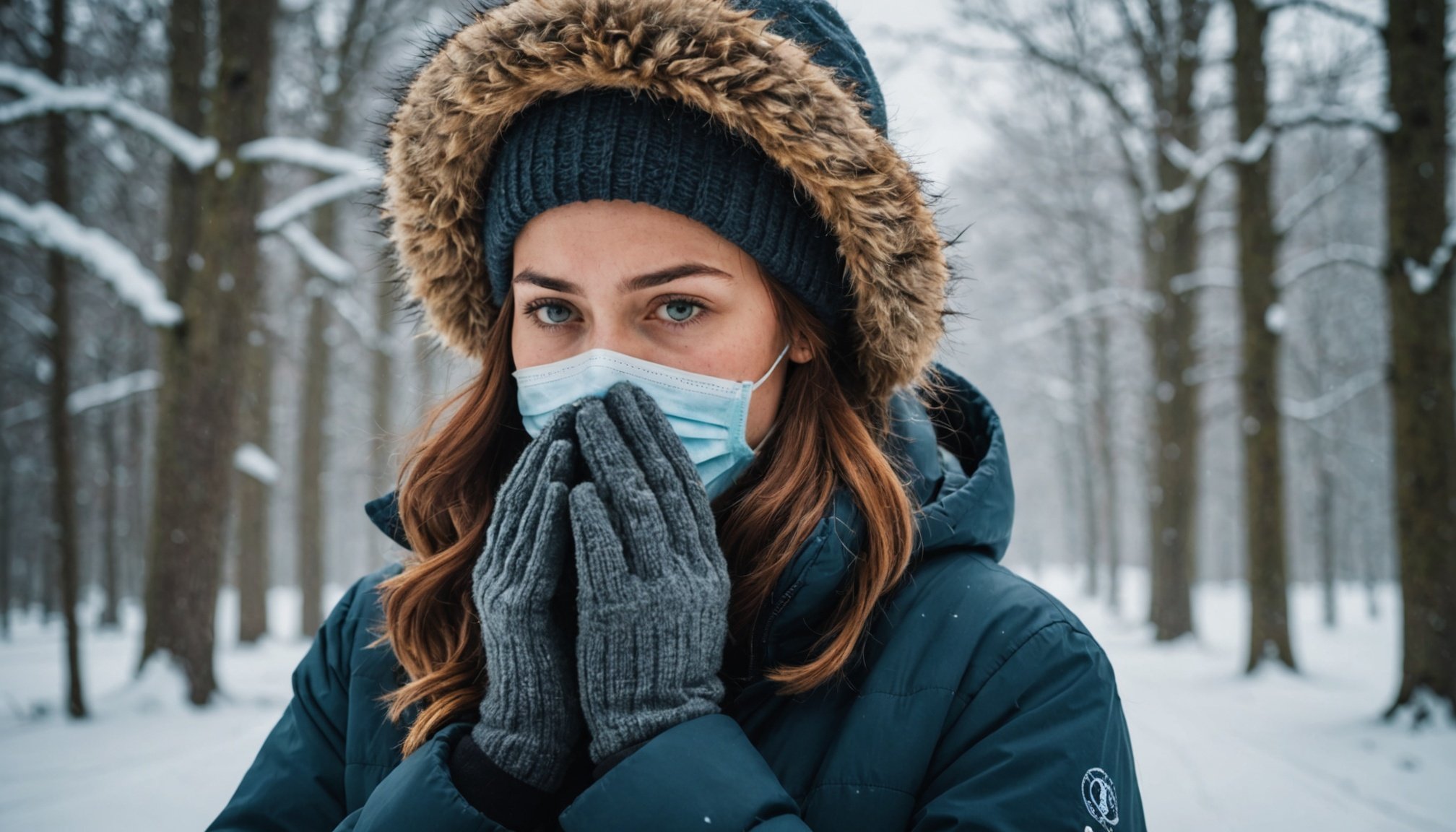In recent years, cold exposure therapy has gained significant attention for its potential health benefits. From athletes seeking faster recovery to wellness enthusiasts exploring new ways to boost their immune systems, many people are turning to this ancient practice rooted in various cultures and traditions. This article will delve into what cold exposure therapy is, its physiological effects on the body, and how you can safely incorporate it into your routine to maximize its health advantages.
Understanding Cold Exposure and Its Effects on the Body
Cold exposure involves immersing the body in cold water or air, or applying cold packs to specific areas. This act may seem daunting, yet it triggers numerous physiological responses that can be beneficial to health. When you expose your body to cold temperatures, it initiates a series of reactions to maintain core temperature and ensure survival.
In parallel : What are the long-term benefits of regular cardiovascular exercise on heart health and overall fitness?
One primary response is the constriction of blood vessels, known as vasoconstriction. This process aims to preserve heat by reducing blood flow to the skin and extremities. When you subsequently warm back up, blood vessels dilate, leading to a rush of blood that can help remove metabolic waste from tissues and promote recovery. This cycle of constriction and dilation can enhance circulation and deliver nutrients more efficiently throughout the body.
Moreover, cold exposure can stimulate the production of brown fat, which is responsible for generating heat by burning calories. Increased brown fat activity can improve metabolism and may contribute to weight management. Some studies have shown that regular exposure to cold temperatures can have a positive impact on body composition by promoting fat loss and muscle retention.
Also read : Enhancing Mental Clarity: Proven Techniques for Boosting Cognitive Function in Older Adults
The benefits of cold exposure extend beyond physical responses. It can also affect mental health by reducing levels of the stress hormone cortisol. Lower stress levels can improve mood and cognitive function, leading to an overall sense of well-being. In summary, cold exposure therapy is not just about enduring discomfort; it taps into the body’s natural response mechanisms for enhanced health and vitality.
The Physiological Benefits of Cold Immersion
One of the most talked-about methods of cold therapy is cold immersion or ice baths. Athletes frequently use this method for post-training recovery, but its benefits extend to anyone looking to enhance their health. Cold immersion can reduce muscle soreness and inflammation, allowing for quicker recovery after intense exercise.
When you immerse your body in cold water, the cold temperature reduces swelling and slows down metabolic processes. This means that less waste is produced by the muscles during recovery, allowing for more efficient healing. A study demonstrated that athletes who engaged in cold plunge therapy experienced significantly less muscle soreness after workouts compared to those who did not.
Additionally, cold immersion has been linked to improved immune function. Exposure to cold temperatures can increase the production of white blood cells, which play a crucial role in fighting off infections. Regular cold exposure may lead to a more robust immune response, potentially reducing the incidence of illness, especially during the cold season.
Cold exposure can also have a profound impact on mental resilience. The shock of cold water can activate the body’s fight-or-flight response, promoting a mental state of alertness and focus. This practice can help individuals build mental toughness, as enduring discomfort can enhance one’s ability to cope with stressors in everyday life.
In conclusion, cold immersion presents a multitude of benefits that span physical recovery, immune enhancement, and mental resilience, making it a valuable practice for anyone interested in optimizing their health.
Safety Guidelines for Cold Exposure Therapy
While the benefits of cold exposure therapy are enticing, it is crucial to practice it safely to avoid adverse effects. Here are some guidelines to consider before diving into cold water or attempting other cold exposure methods.
Firstly, start slowly. If you are new to cold exposure, it is advisable to begin with shorter durations. You might start with a cold shower for a few minutes and progressively increase the time as your body adapts. Avoid jumping straight into an ice bath; allow your body to acclimate to cooler temperatures gradually.
Secondly, always listen to your body. If you start feeling numbness or extreme discomfort, it is essential to exit the cold exposure immediately. Prolonged exposure can lead to hypothermia or frostbite, especially in sensitive areas like fingers and toes. It’s vital to ensure that you are in a safe environment where you can warm up quickly after your session.
Additionally, consult with a healthcare professional before starting any cold therapy, especially if you have pre-existing conditions such as cardiovascular issues or respiratory problems. Cold exposure can cause your heart rate to increase and blood pressure to fluctuate, which could pose risks for individuals with certain health issues.
Finally, combine cold exposure with proper warming techniques afterward. After your cold immersion, it is essential to warm your body gradually. Avoid hot showers immediately after; instead, use blankets or warm clothing to help your body return to a normal temperature safely. This practice not only enhances recovery but also maximizes the benefits of your cold exposure therapy.
By adhering to these safety guidelines, you can enjoy the many benefits of cold exposure therapy while minimizing risks to your health.
Research and Studies Supporting Cold Exposure Therapy
The growing interest in cold exposure therapy has led to an increase in research and studies examining its physiological and psychological benefits. A plethora of studies have highlighted the potential advantages of immersing oneself in cold water or exposing the body to low temperatures.
Research indicates that regular cold exposure can improve recovery times for athletes and enhance endurance. A systematic review published in the Journal of Sports Medicine compiled data from multiple studies, revealing that ice baths could decrease muscle soreness and improve performance during subsequent workouts. Athletes reported feeling less fatigued and performed better in follow-up training sessions, emphasizing the recovery aspect of cold therapy.
Another study examined the effects of cold exposure on stress and anxiety levels. Participants who underwent a regimen of cold exposure experienced significant reductions in symptoms of anxiety and improved mood. Researchers attribute this to the body’s response to cold, which triggers the release of endorphins, often referred to as ‘feel-good’ hormones.
Moreover, a 2021 study conducted on individuals with chronic pain suggested that regular cold exposure could lead to lower pain levels and improved quality of life. Participants reported a reduction in pain frequency and intensity after incorporating cold exposure into their routine.
While more research is needed to fully understand the long-term effects of cold exposure therapy, current studies illustrate its potential benefits for recovery, mental health, and overall well-being. As more people explore this practice, the body of evidence will undoubtedly grow, further validating cold exposure as a valuable tool for enhancing health.
Cold exposure therapy offers a range of benefits that can enhance your health and well-being. From improved recovery times and enhanced immune function to increased mental resilience, the advantages of exposing your body to cold temperatures are numerous and compelling. However, safety should always be your priority when practicing this therapy.
By following safety guidelines, starting slowly, and incorporating cold exposure into your routine in a controlled manner, you can make the most of this practice. With ongoing research supporting its benefits, now is an excellent time to explore cold exposure therapy as a means to elevate your health. Whether you are an athlete looking for a competitive edge or an individual seeking ways to boost your wellness, cold exposure might just be the answer you’ve been searching for.











